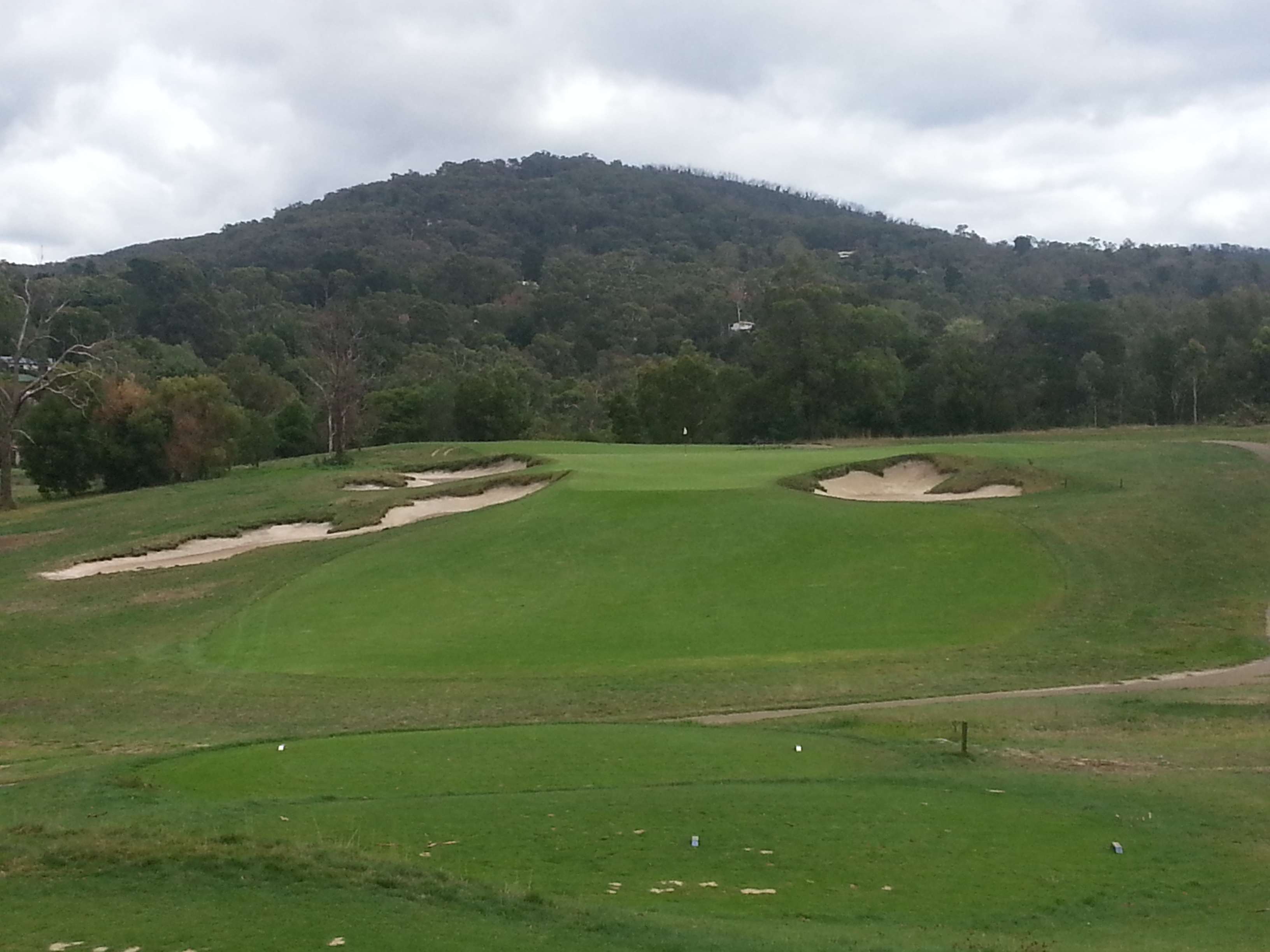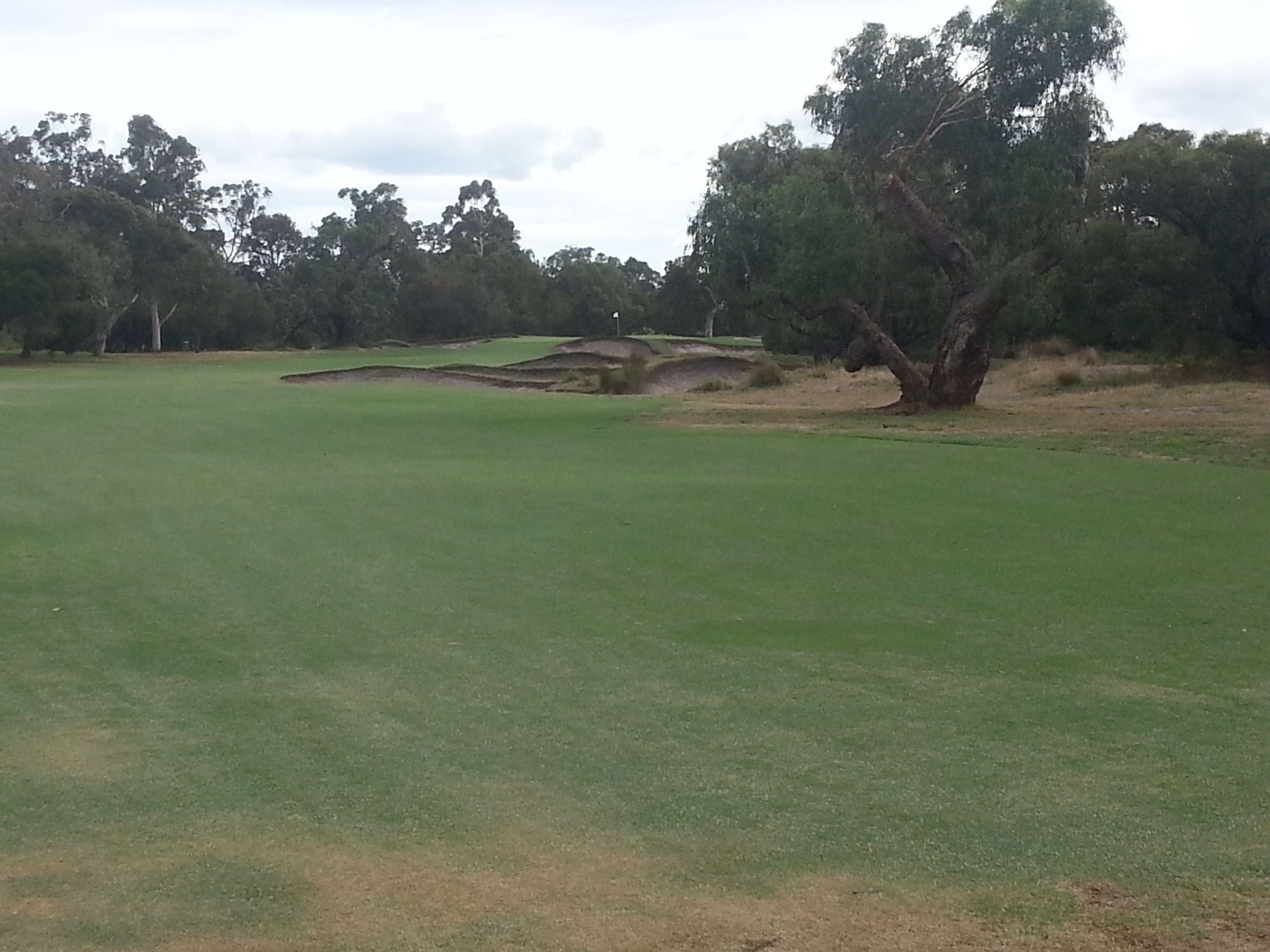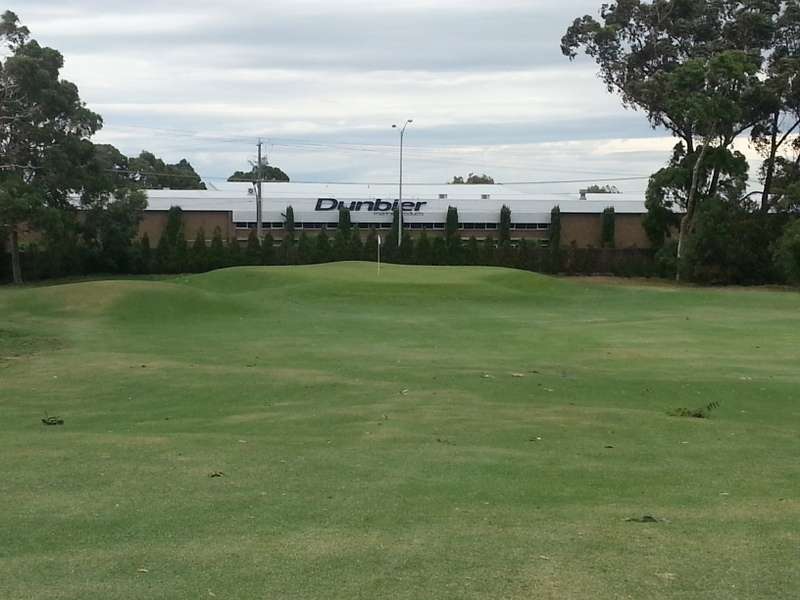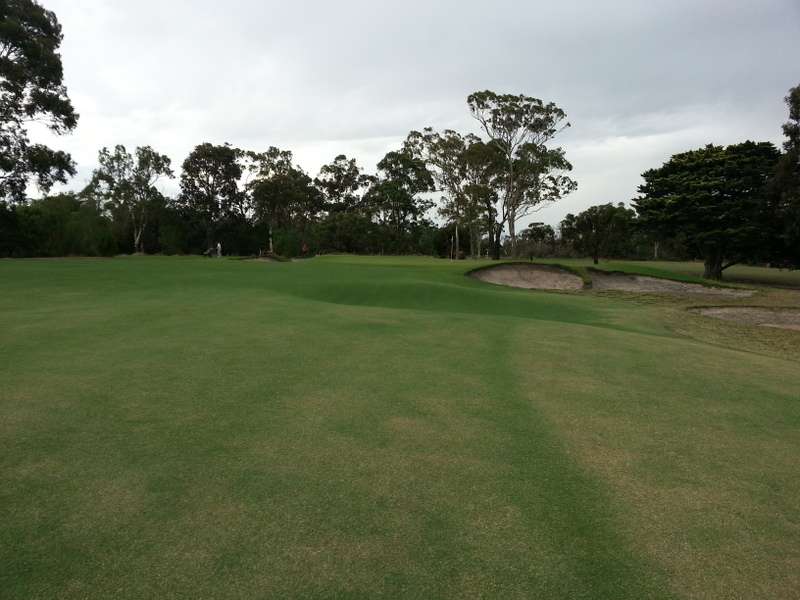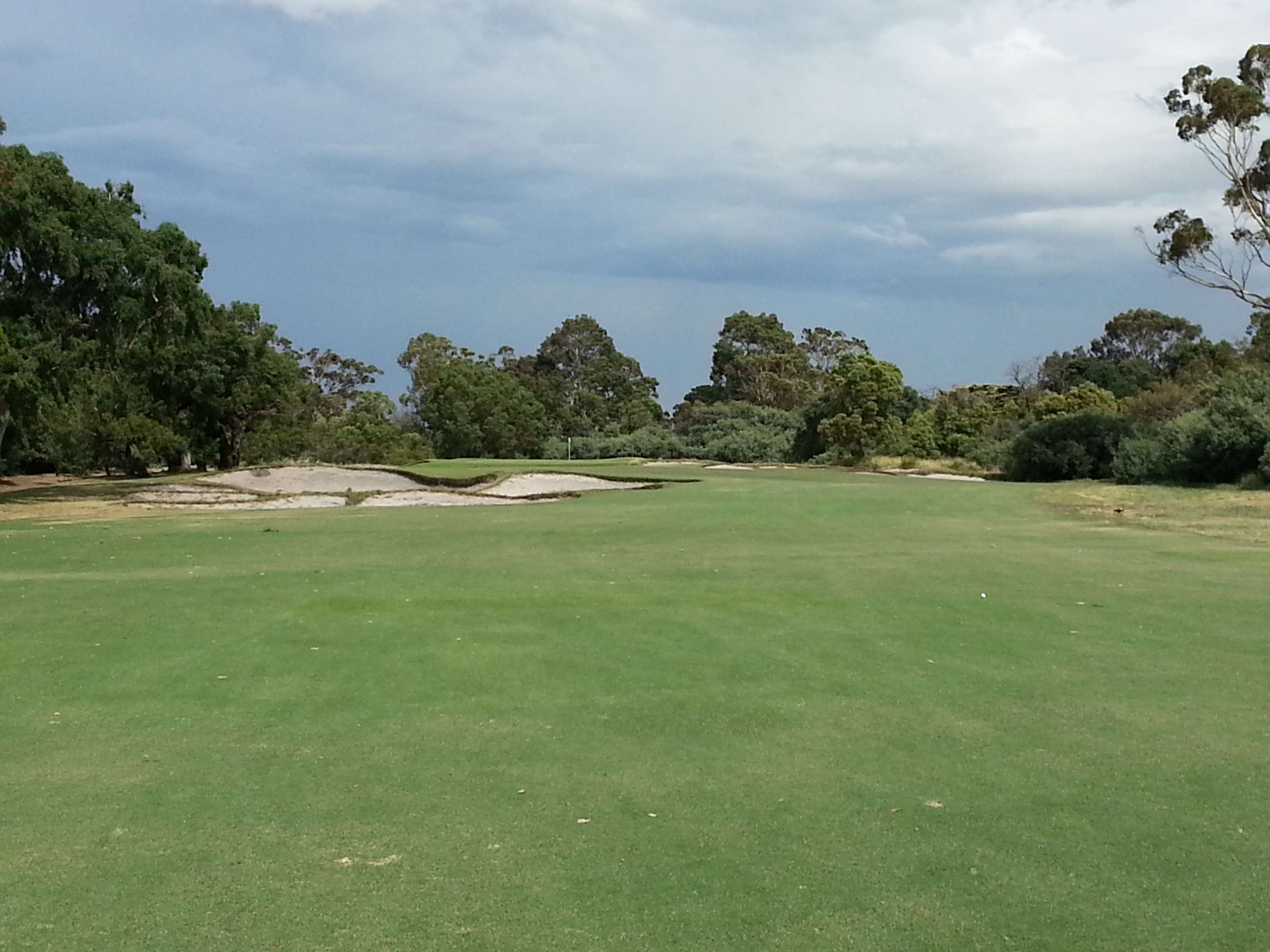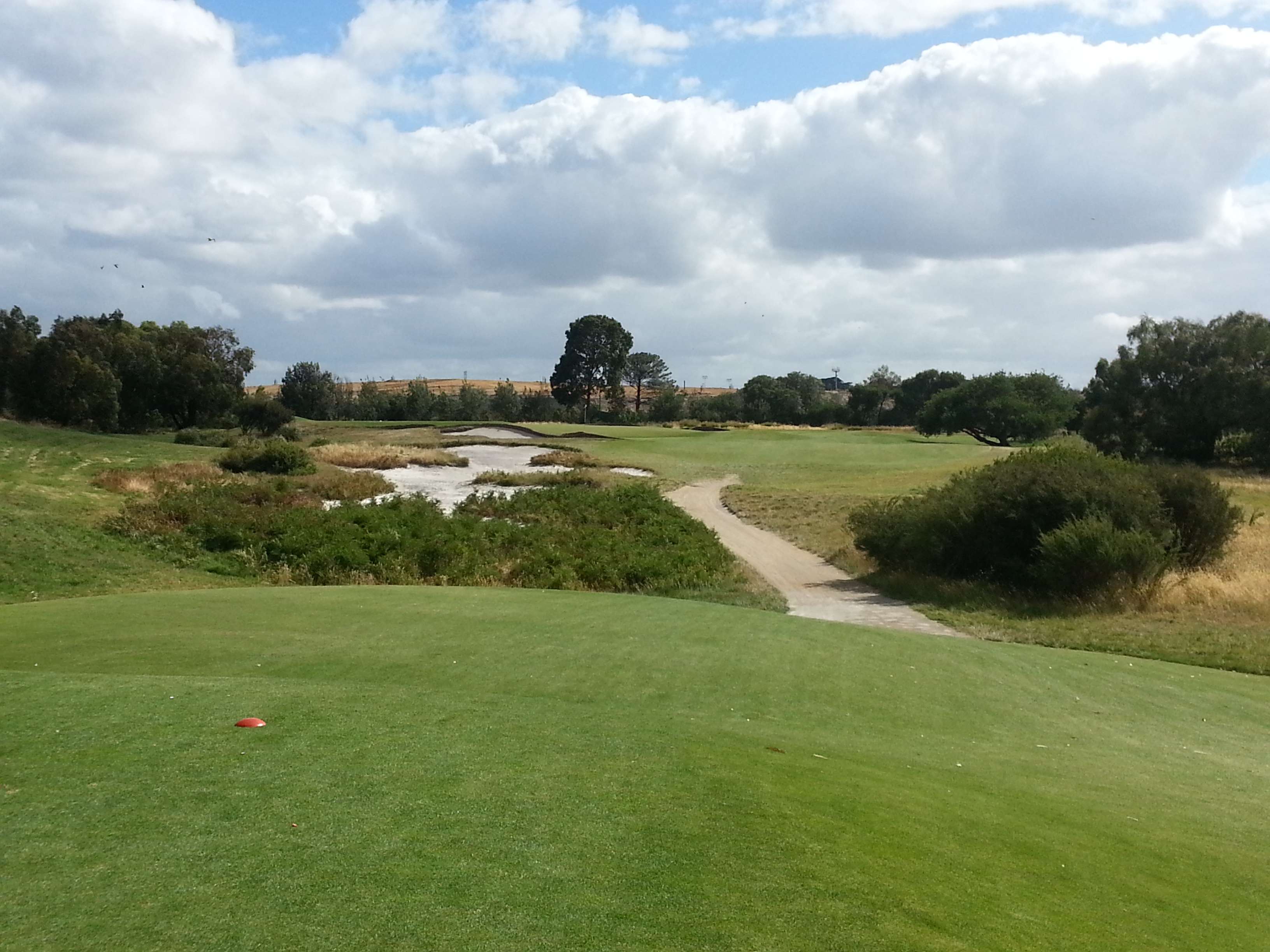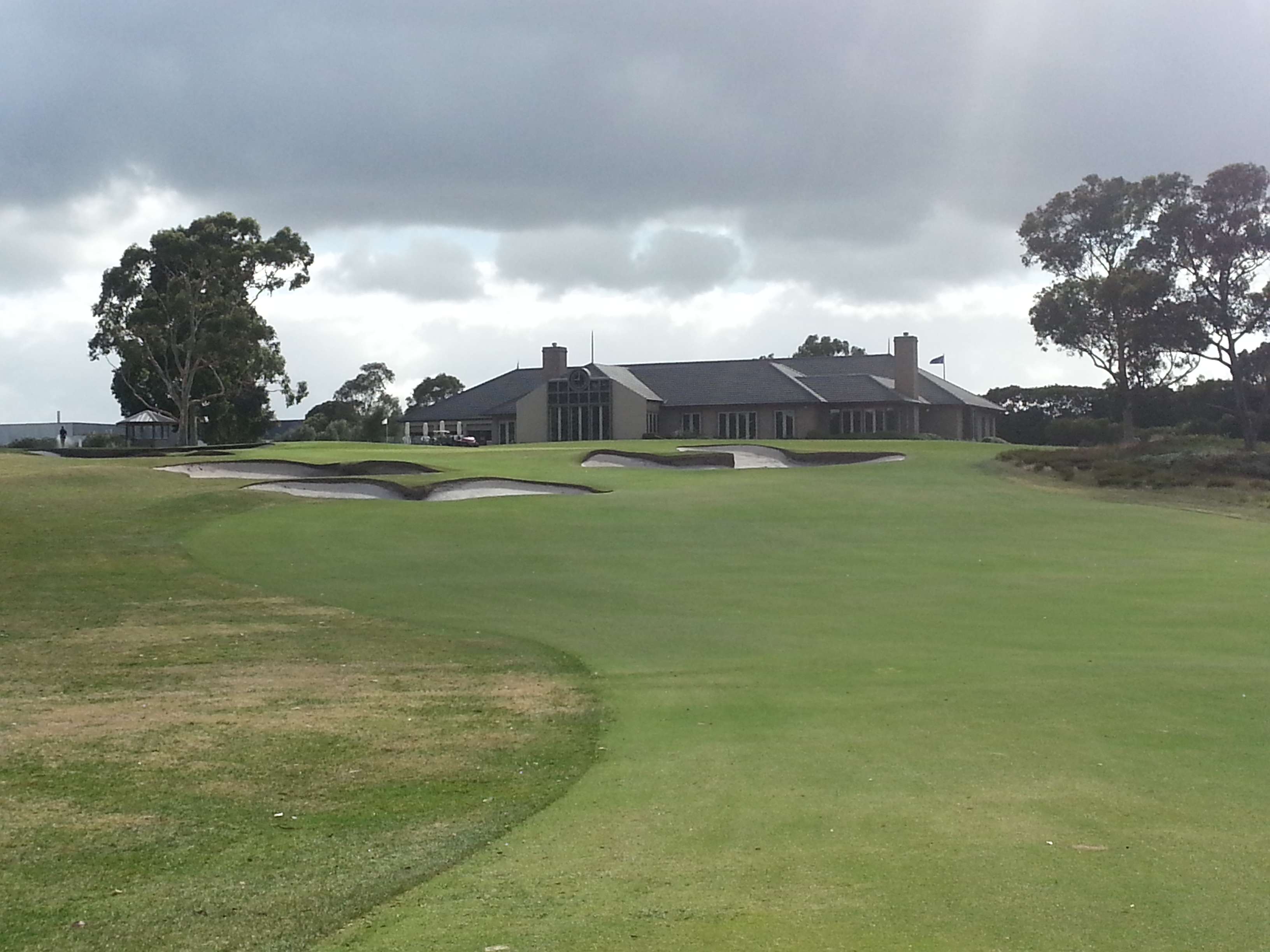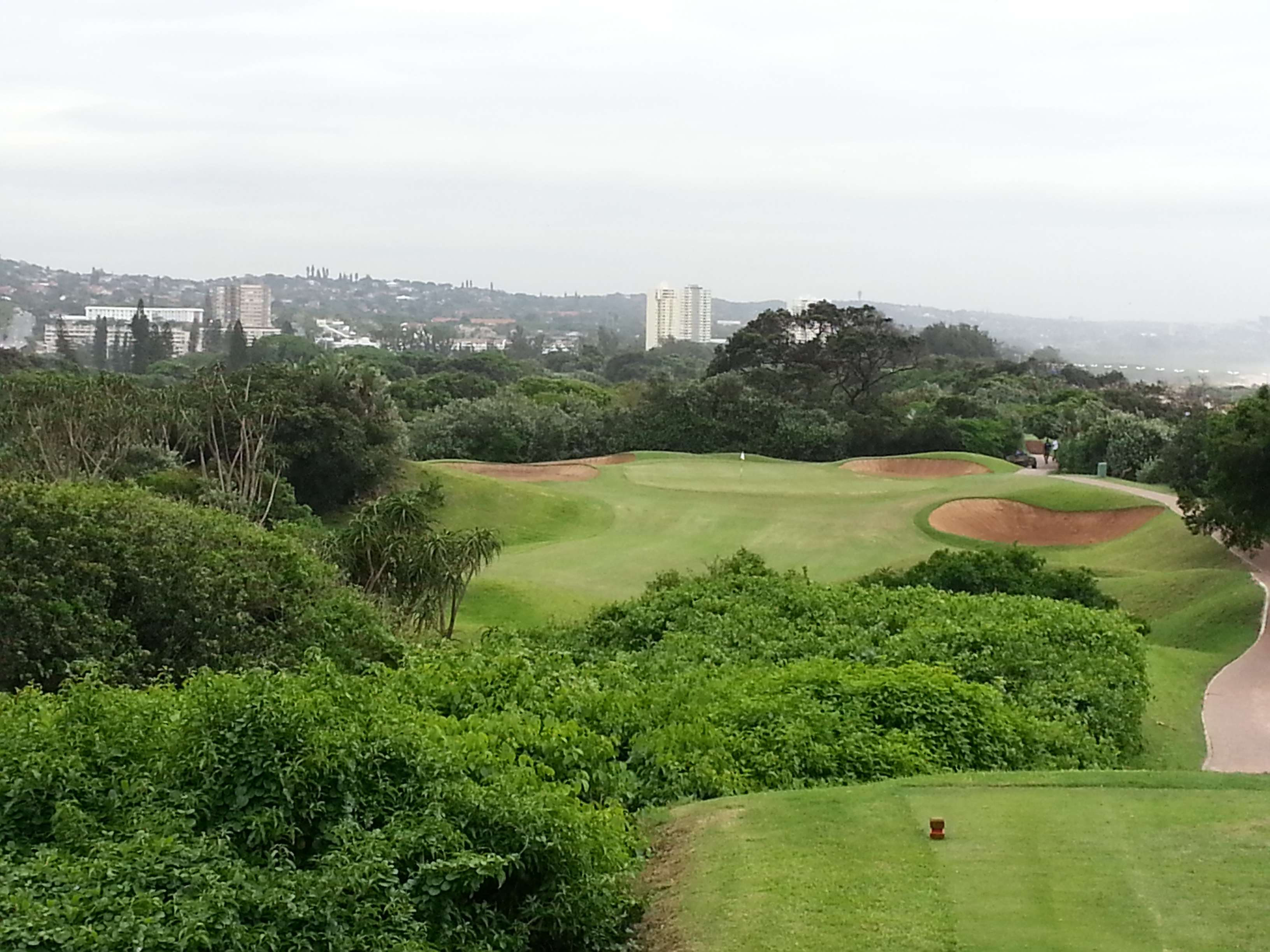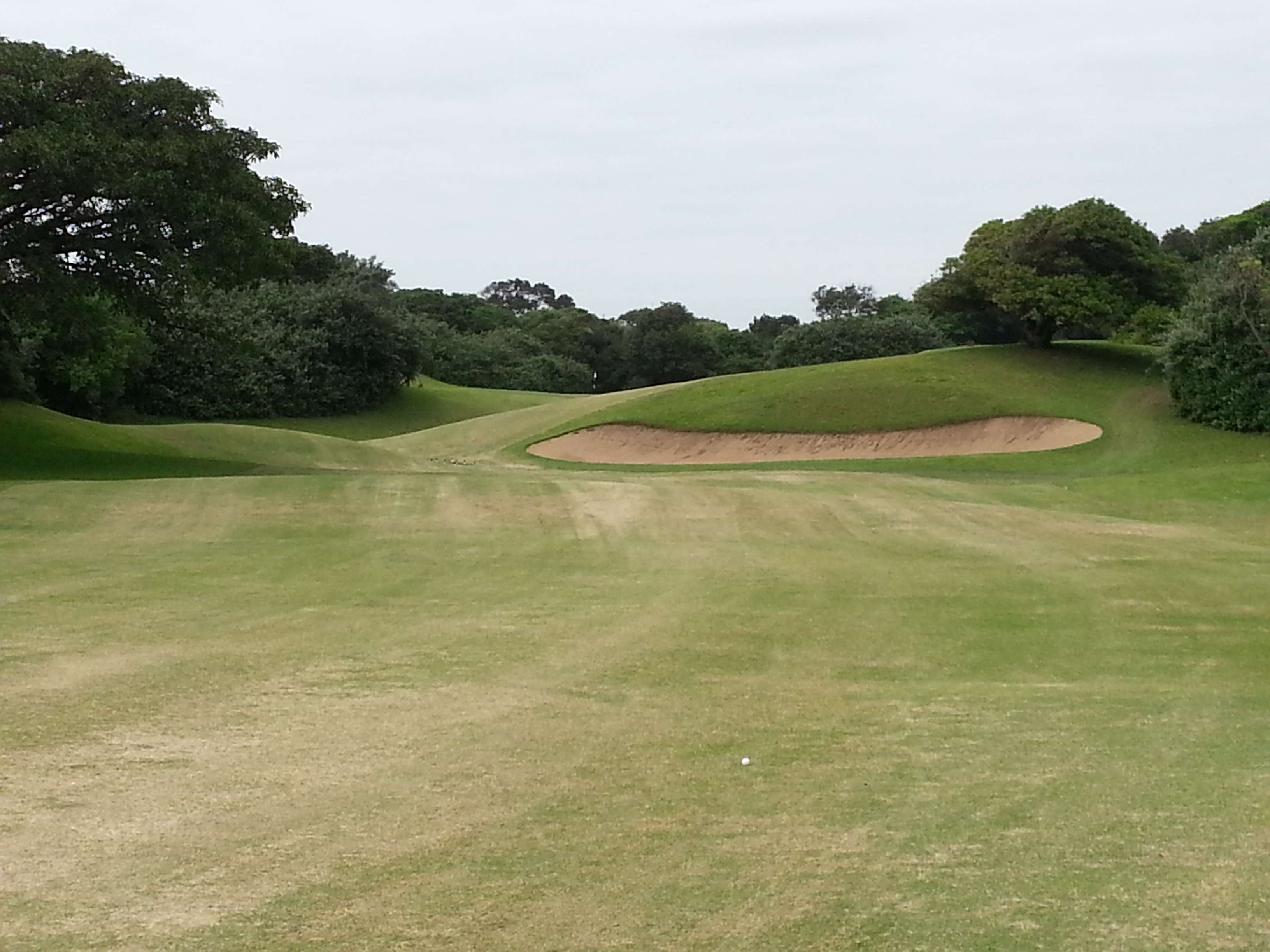This picture of the 3rd hole from Darius Oliver's PlanetGolf.com website (pic by David Scaletti) sums up the many qualities of Morfontaine. None of my own pictures this time around, sorry.
Location: Mortefontaine, Picardy, France
Four Word Course Review: A masterclass in restraint
I had the pleasure of spending a day at Morfontaine while revisiting my favourite country in the world, and it was as wonderful an experience as you might imagine.
I arrived about 9.30am to the same empty car park that others have experienced, played the main course, took refuge from the sun (36C and fairly humid that day) for lunch on the patio - during which a delightful older French lady endured my poor French for longer than she needed to to discuss how underrated French golf is and her grievances with President Hollande - before I excused myself to tackle the Vallaire course.
Playing alone, I had soon ripped through 27 holes and lunch in quick time, so I decided to play the main course again, despite being out on my feet from the heat.
It was great to play those remarkable holes again with an idea of the challenges that awaited and where everything was. I ditched the camera and range-finder for that second round and just played by feel with the occasional glance at a sprinkler head.
Hard to imagine a more perfect afternoon than playing that course in ideal condition - burnt and brown, firm and fast, the greens not too quick - without another noise than club on ball and ball on ground.
The Vallaire was one of the wildest courses I've played, and so much fun at every turn. The land and greens reminded me a good deal of what Ogilvy Clayton Design is doing at my home club, Bonnie Doon, in Sydney. As far as inspiration, it's hard to do better. Crucially, the greens don't just have a mass of bold shapes, they present a massive variety of pin positions that change greatly the way each hole plays.
The main course combines everything I love and respect about Tom Simpson's design work from New Zealand GC, County Louth and Hardelot (Les Pins) and takes it to another level. The green sites are perfectly selected, draped over the high ground more often than not, allowing the land to create the interest without too much intervention.
If I had to sum the course up in a word, it would be "restraint".
Simpson didn't build bunkers where they weren't needed - either on the drive or at the green. With such perfect land to work with at Morfontaine, there are countless examples where the land did the job without assistance and the course is all the better for it: the 3rd green, the 7th and 8th fairways, the lay-up at the 12th, the drive at 16.
Likewise, the greens are restrained. Where the Vallaire course is over dramatic land and suits the dramatic greens, the main course is for the most par on less heaving terrain. The greens still have enough to interest you and reward a perfectly-placed approach, but their virtues are less evident from a distance than on the Vallaire.
A perfect example of both the above factors is the first hole. The drive bends slowly right, off-camber around a heathery corner, with a drive on the inside rewarded by a clear run to the green. The land short of the green cants significantly toward the LHS greenfront bunker, making any shot from the outside of the dogleg progressively challenging - but also providing land that can be used by a skilled ballstriker to run a ball onto the front-to-back green.
So perfect is the balance of the course and detail of the features, it comes as no surprise that this is a course Simpson continually tinkered with throughout his life.
I envy those who get a lifetime to discover Morfontaine's secrets and delights, but feel fortunate to have had a day to play 45 holes and see just a little of what makes these two courses so highly regarded.



